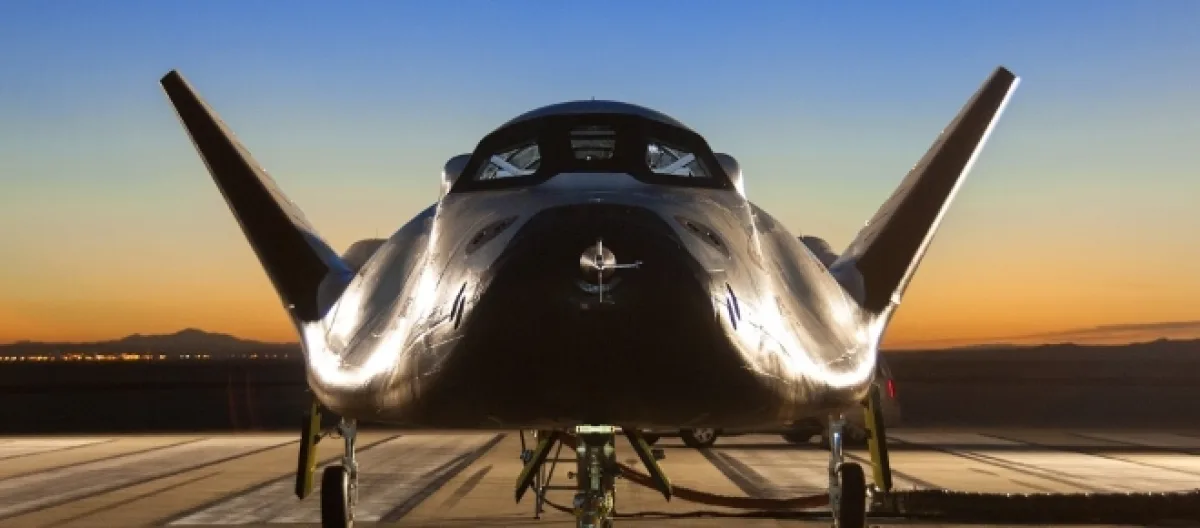A proposal for a new Hubble repair mission has surfaced in a number of media outlets, including the Wall Street Journal and Astronomy Magazine. The idea is that a crewed version of a miniature space shuttle being developed by sierra nevada called the dream chaser, The vehicle would dock with the Hubble space telescope and astronauts would spacewalk to provide upgrades and repairs to extend the life of the venerable and wildly successful instrument for a few more years.
The mission would accomplish a number of things besides preserving the Hubble’s ability to explore the universe. A Hubble repair flight would allow Sierra Nevada to fully develop the crewed version of its spacecraft, which had been a competitor for the commercial crew program before being passed over for the Boeing Starliner and the SpaceX Dragon. A cargo version of the spacecraft is being developed for the second round of the commercial cargo program.
The Dream Chaser would launch on top of a rocket, say an Atlas V, perform operations in low Earth orbit, and then, like the space shuttle, land like an aircraft on a runway.
Since the crewed version of the Dream Chaser was not selected for the commercial crew program, Sierra Nevada has been seeking other partners, particularly in Europe, to complete the spacecraft.
A Dream Chaser mission to Hubble would satisfy the Trump Administration’s desire to conduct critical space missions in the short term. The White House is also looking at an early return to the moon, with an orbital mission to happen as soon as 2020 and a NASA/commercial lunar landing to happen soon after that. The Hubble repair mission would also be a NASA/commercial partnership, allowing for the development of a new spacecraft that Sierra Nevada could go on to market for other customers, servicing private space stations or flying space tourists on orbital flights.
Thus far, the Trump administration has been tight-lipped over its future space plans. But it is clear that the new president, who spent his life in the private sector building things, would favor space projects that have immediate, tangible results rather than keeping people employed and contractors paid working on projects that, like the Journey to Mars, will not have a payoff for decades – if ever.
